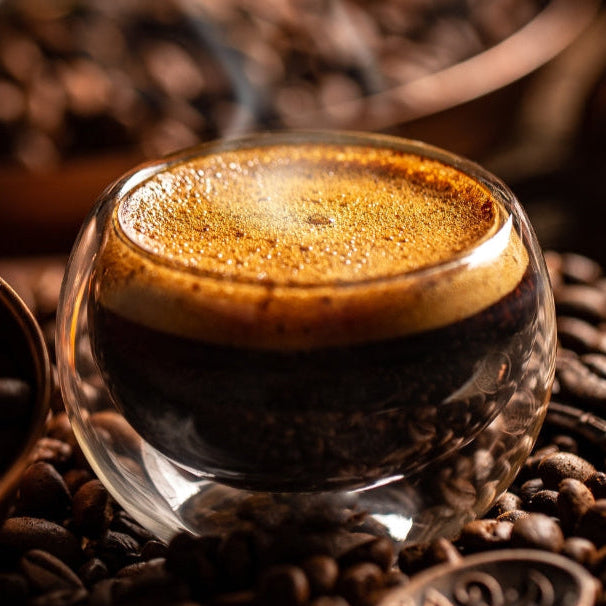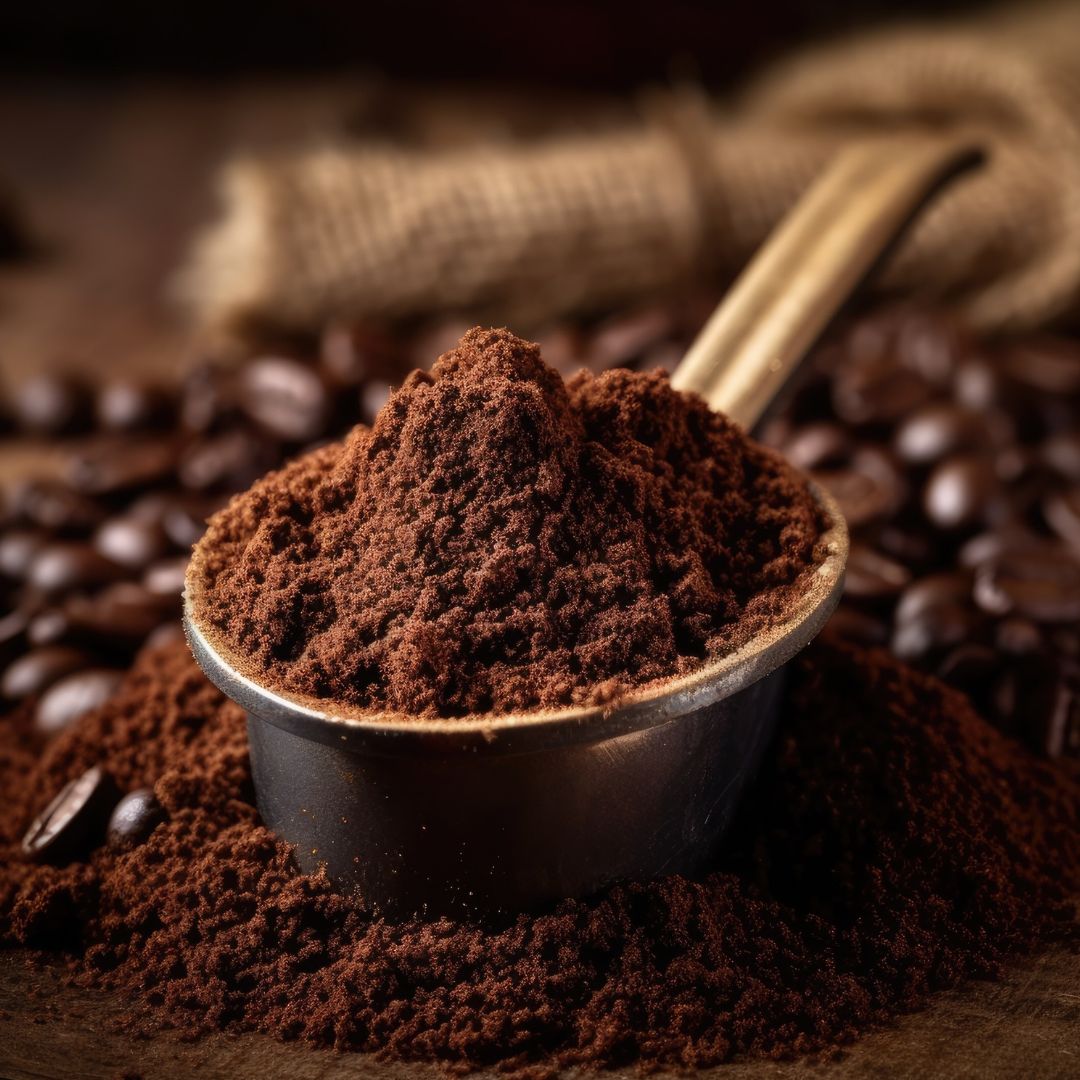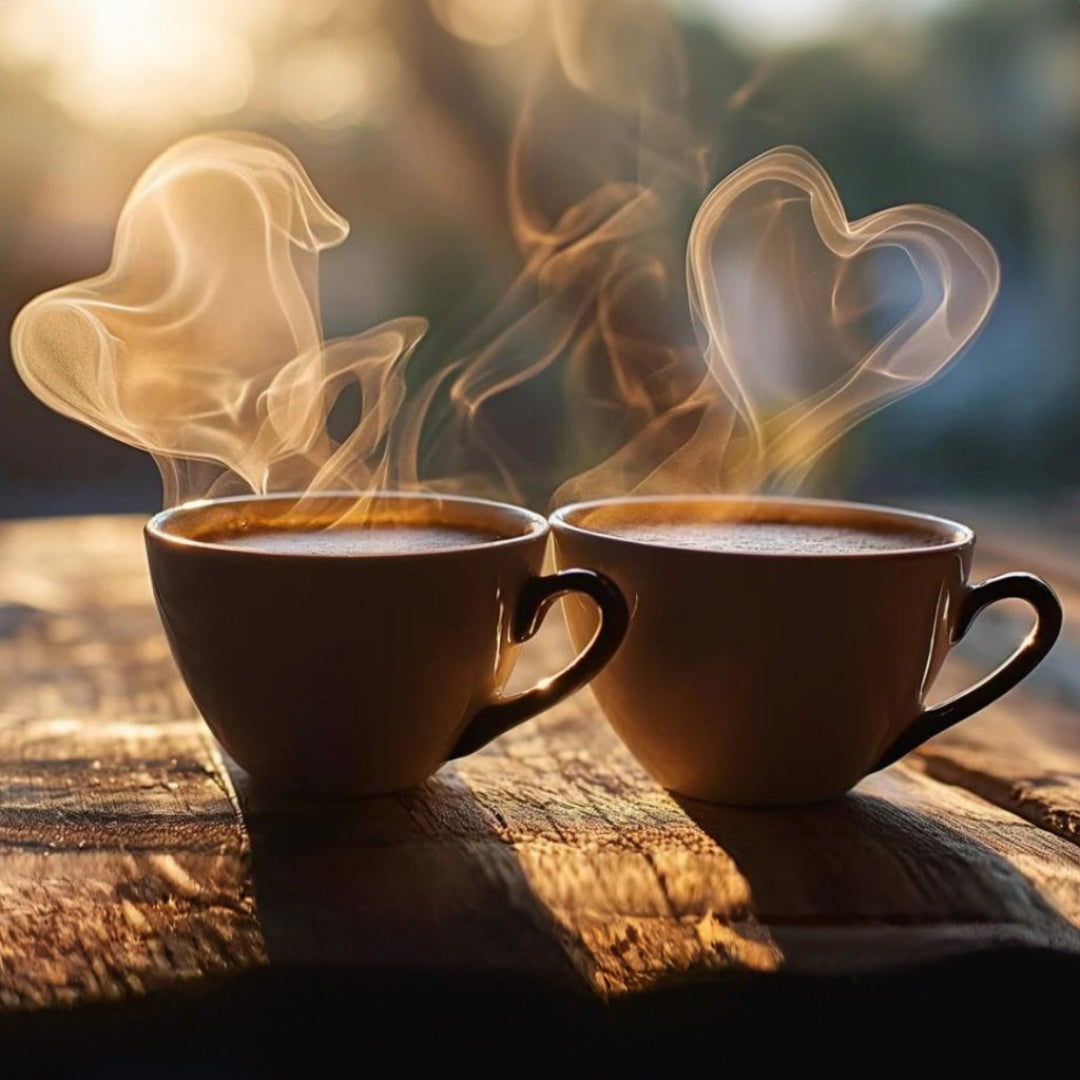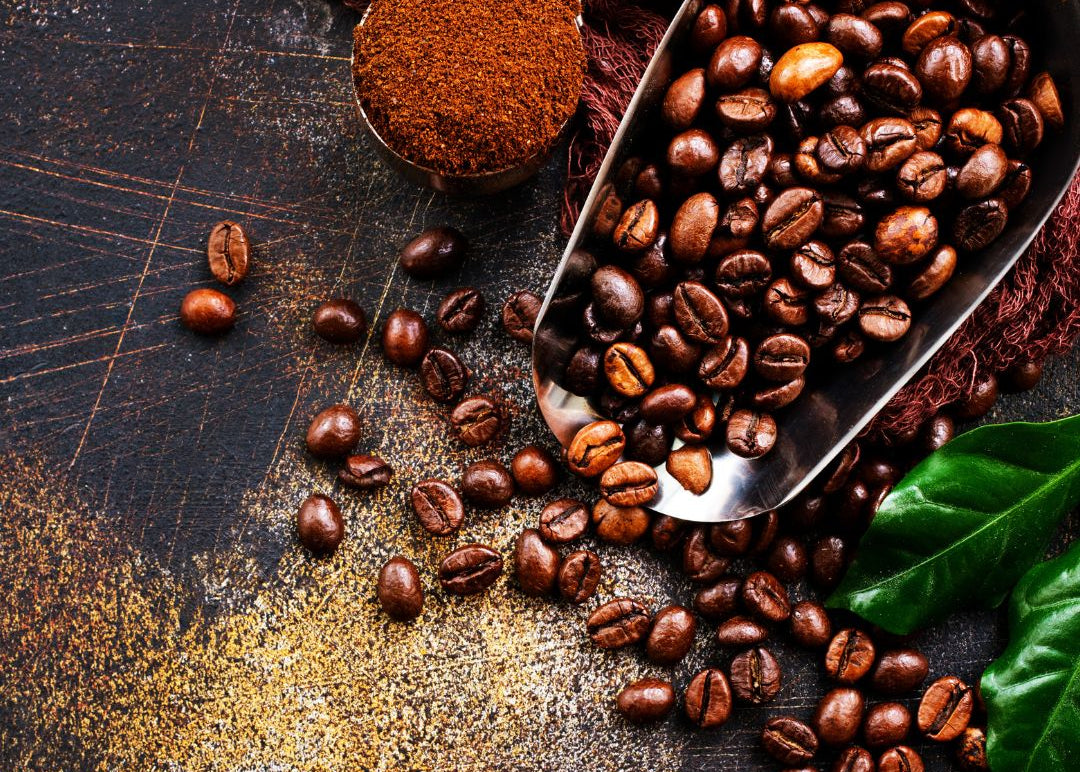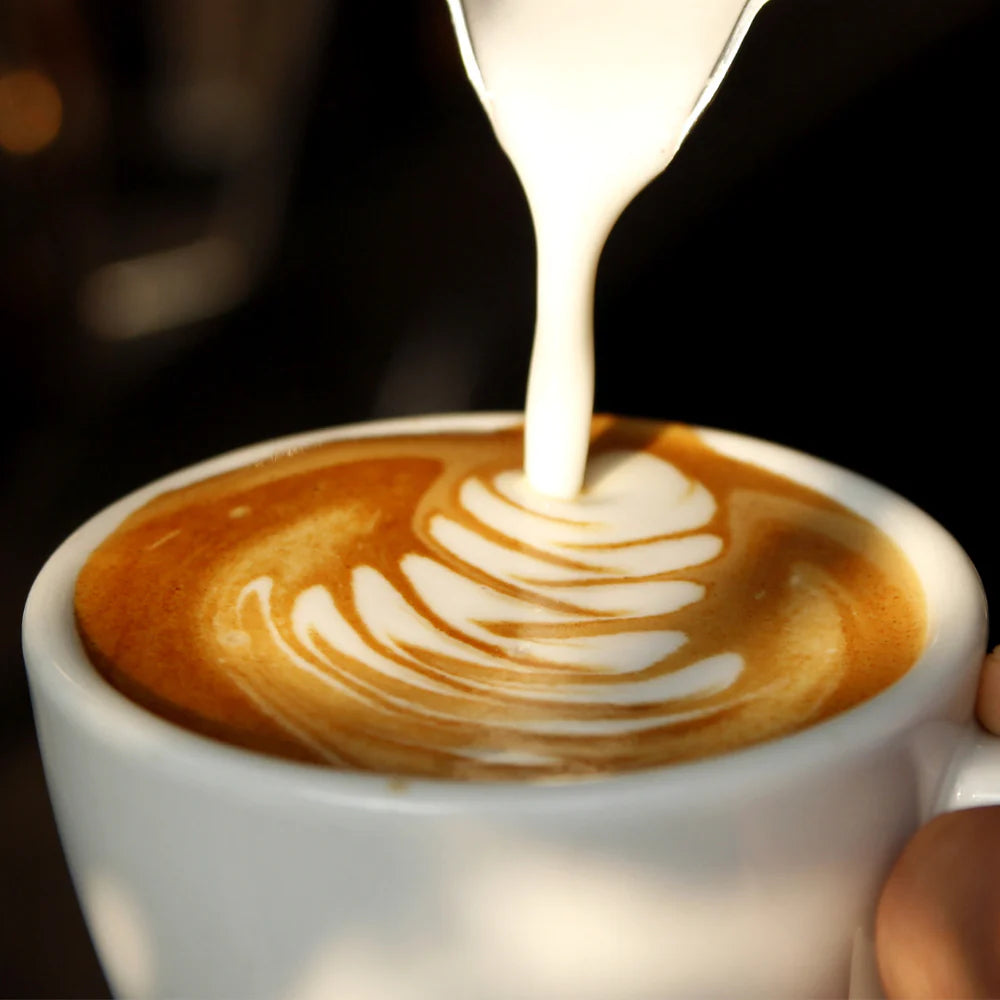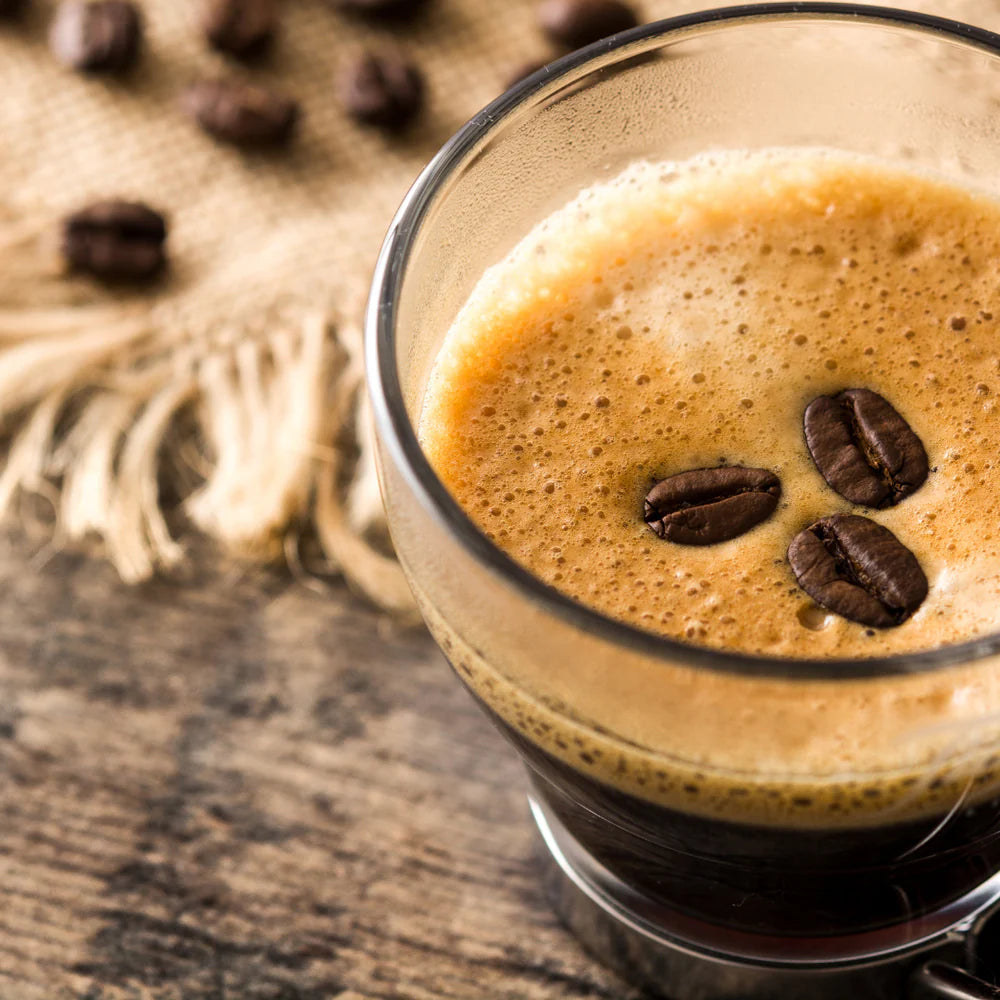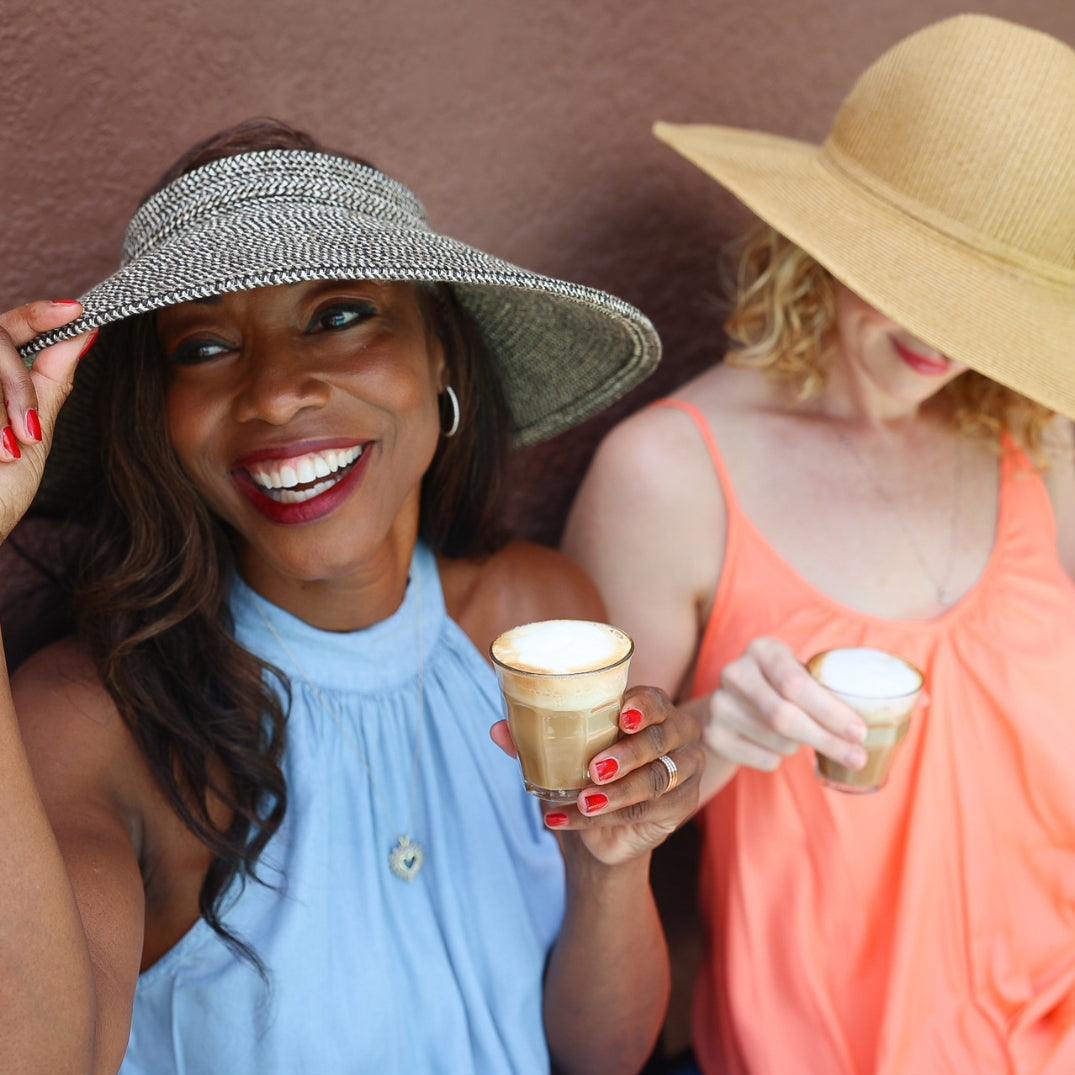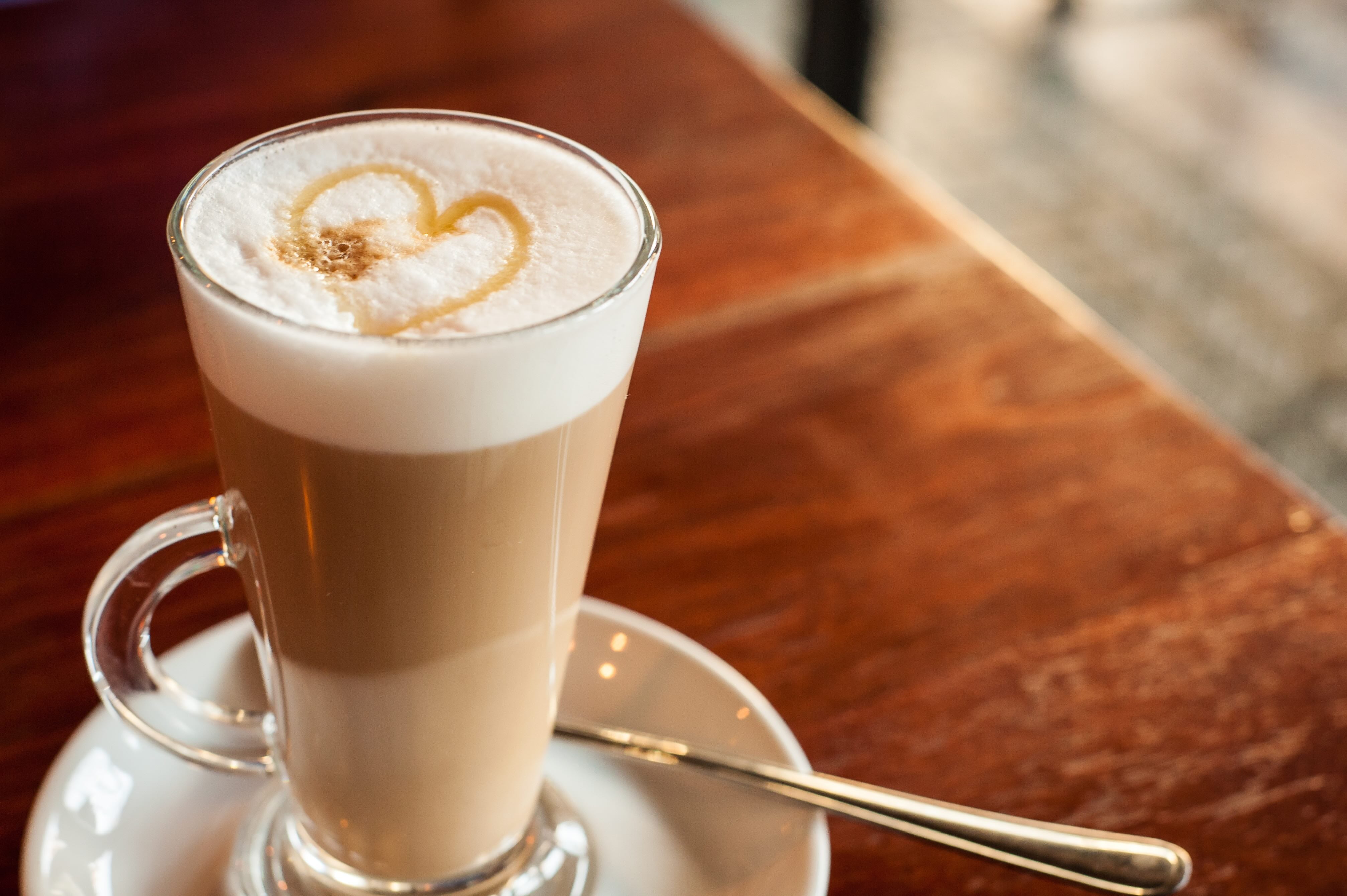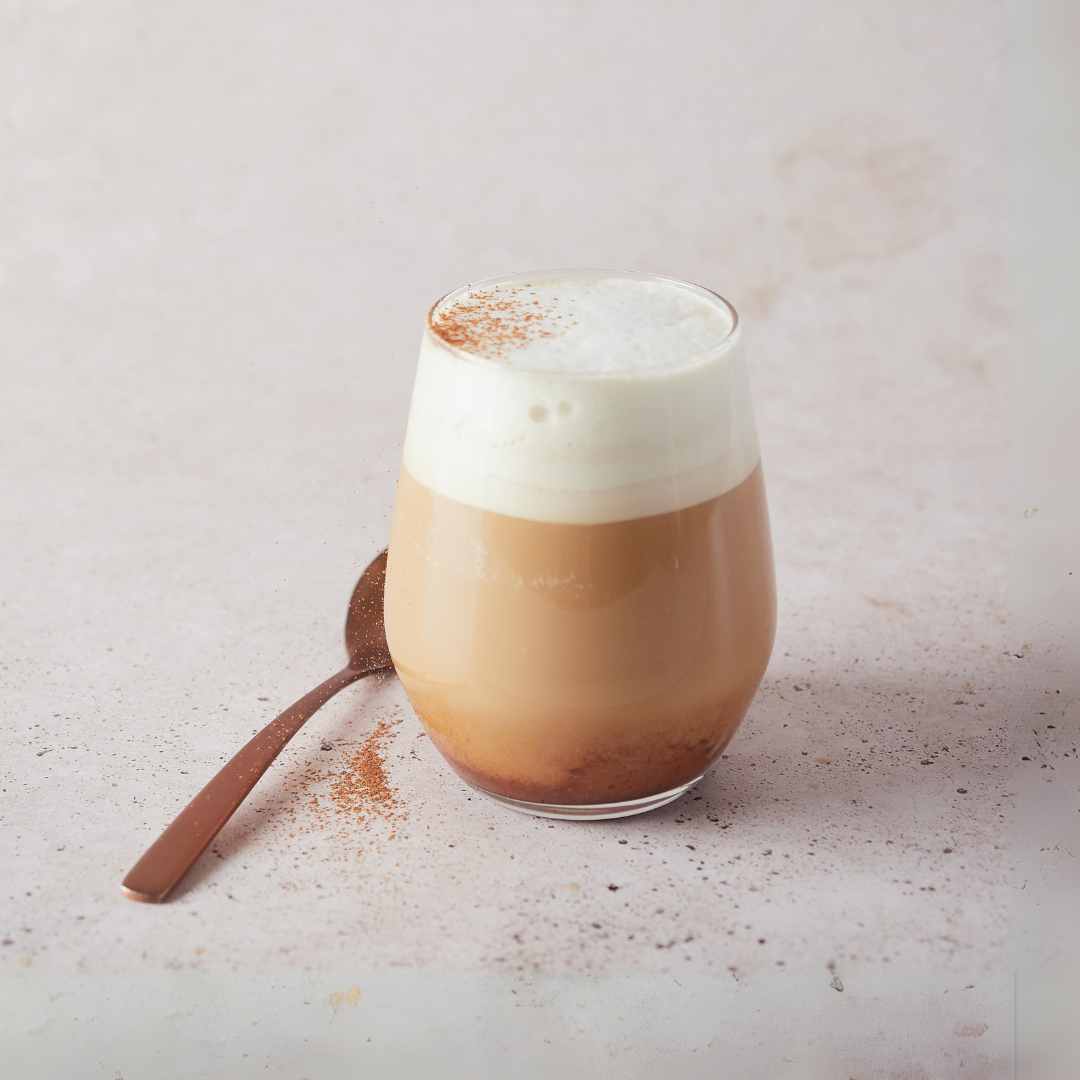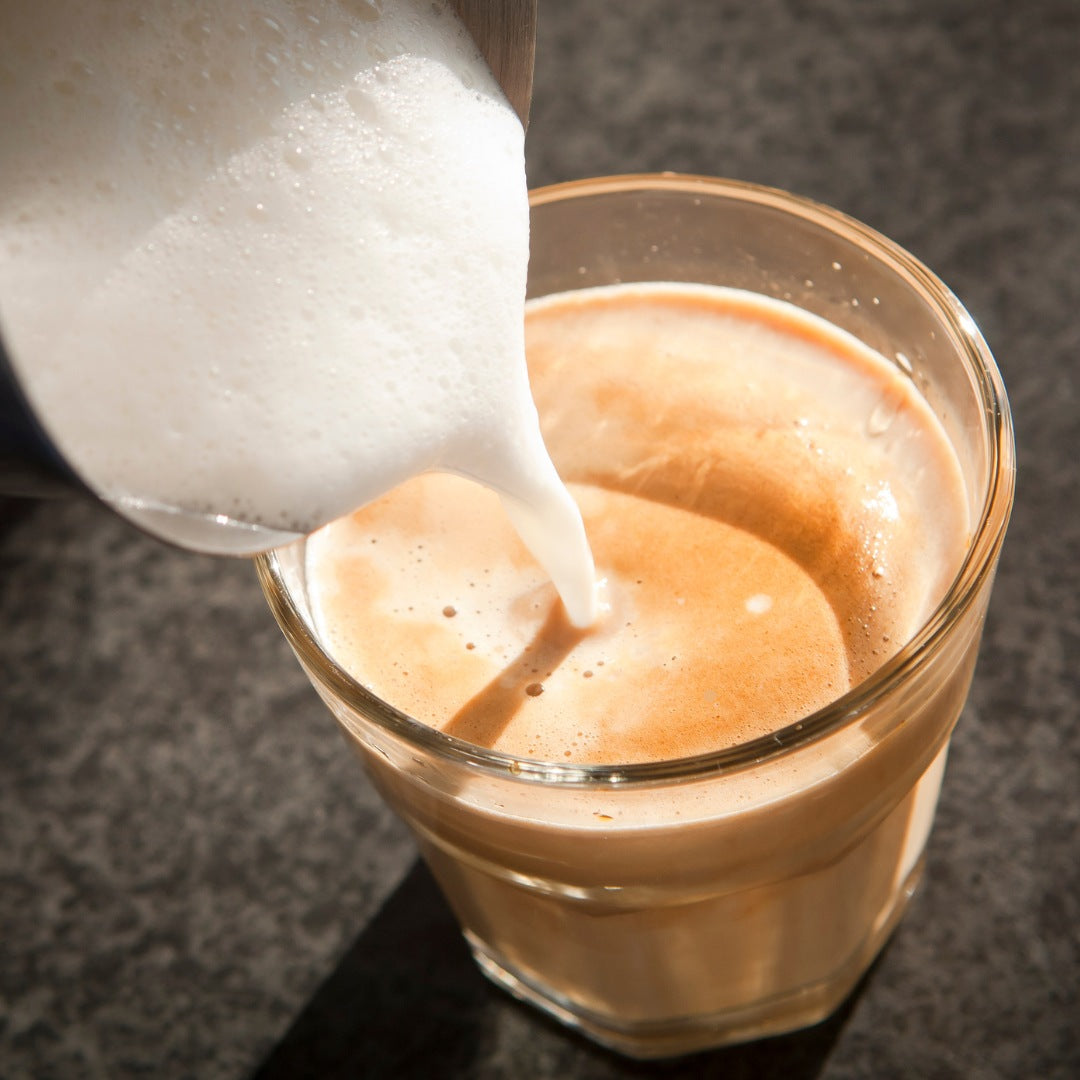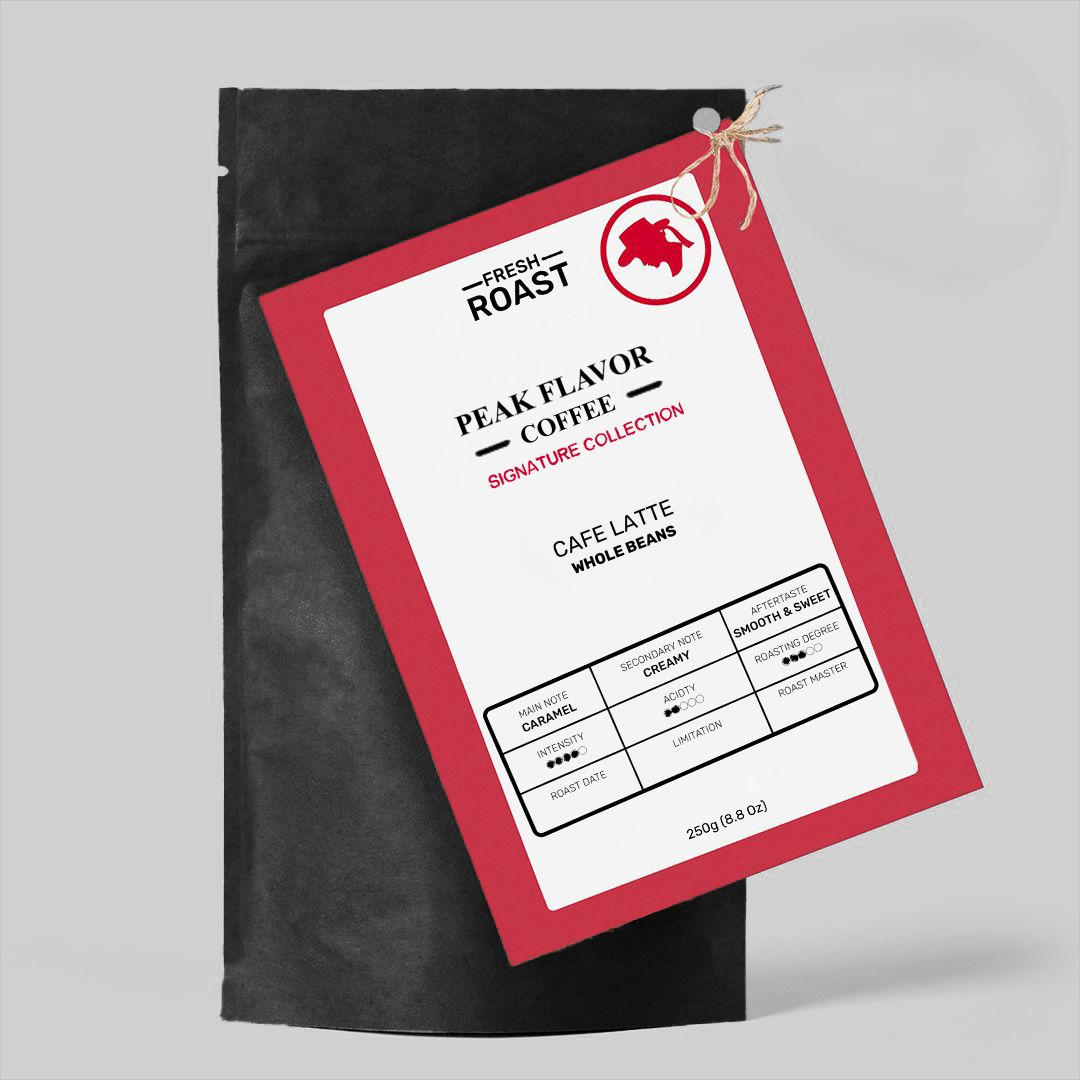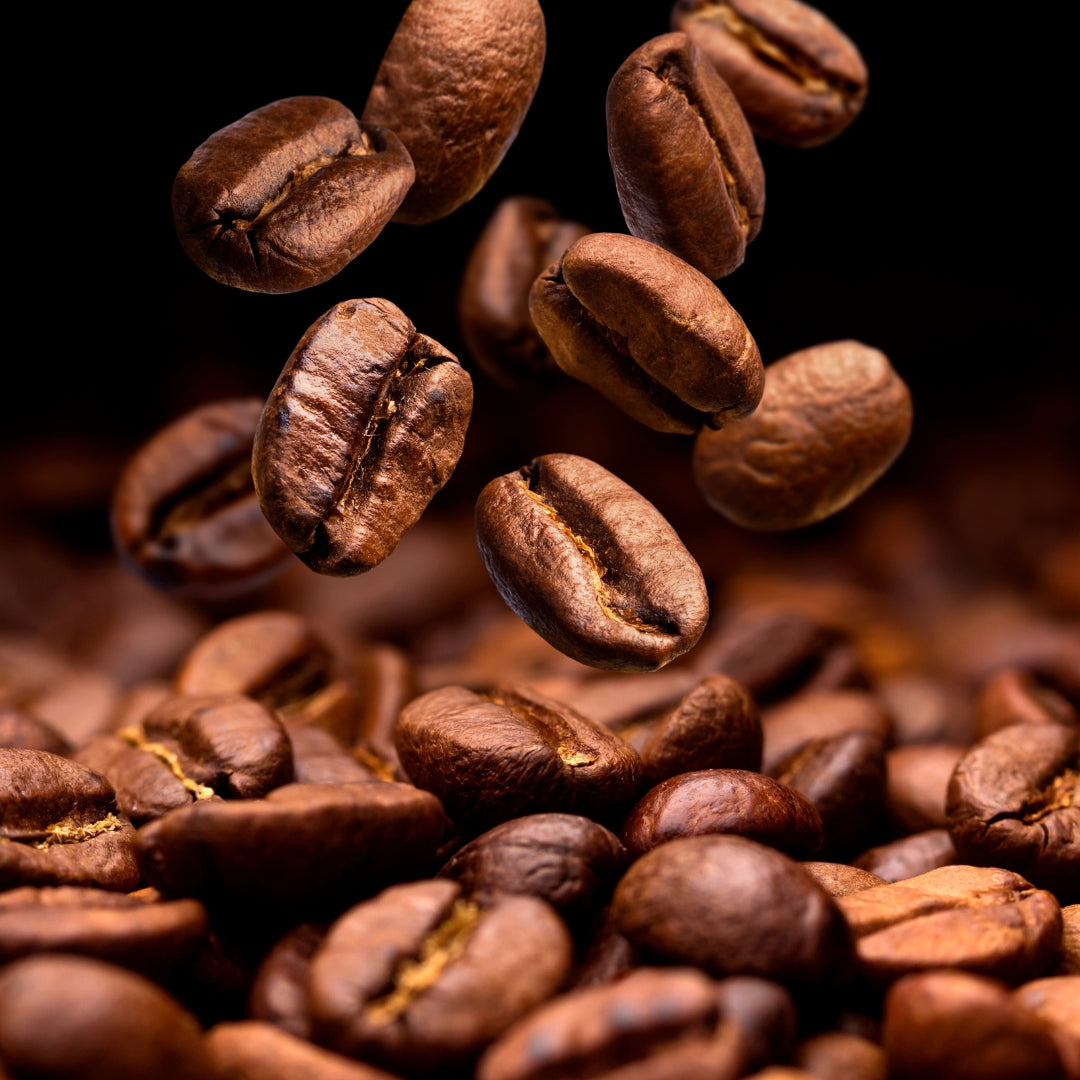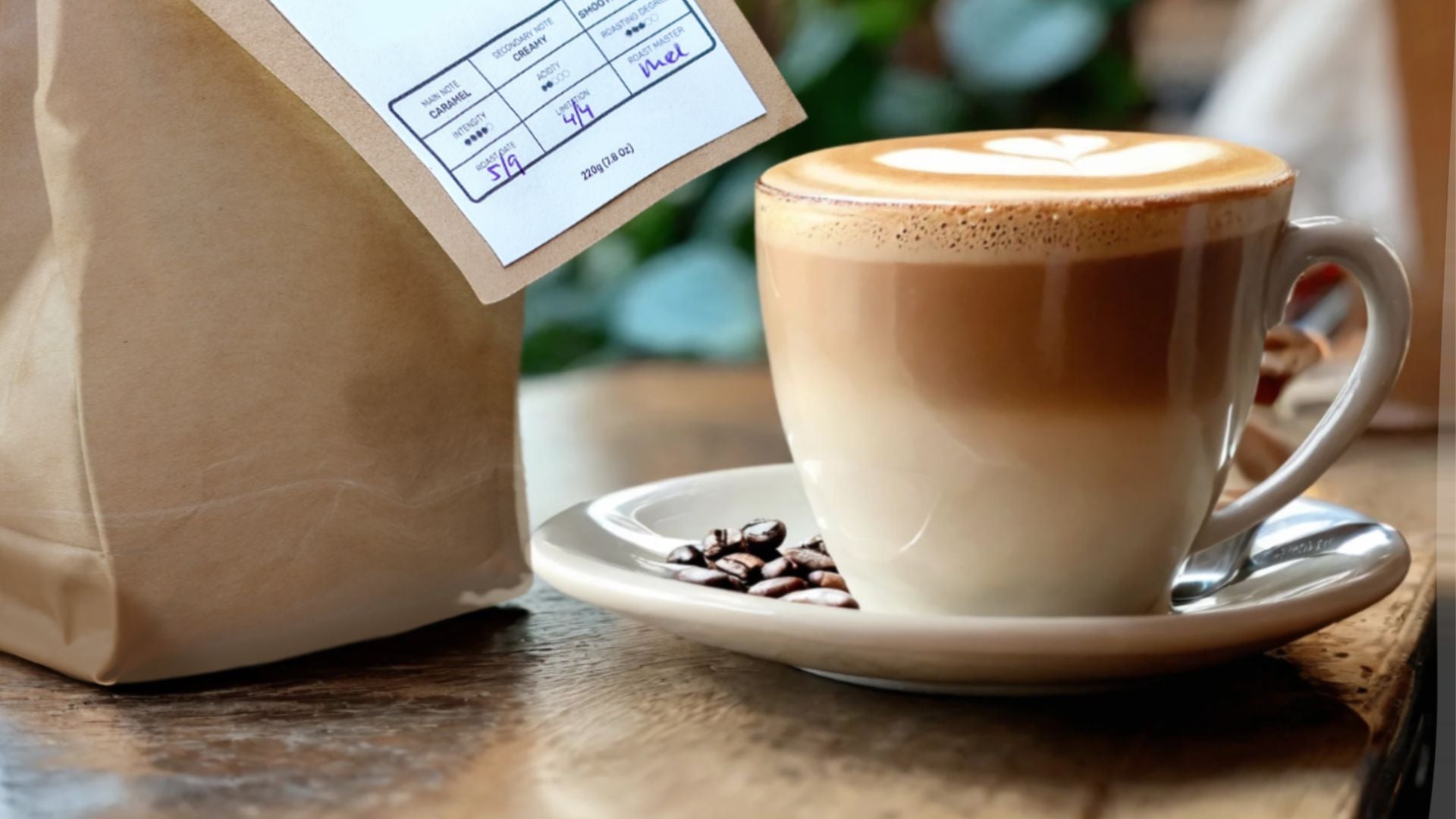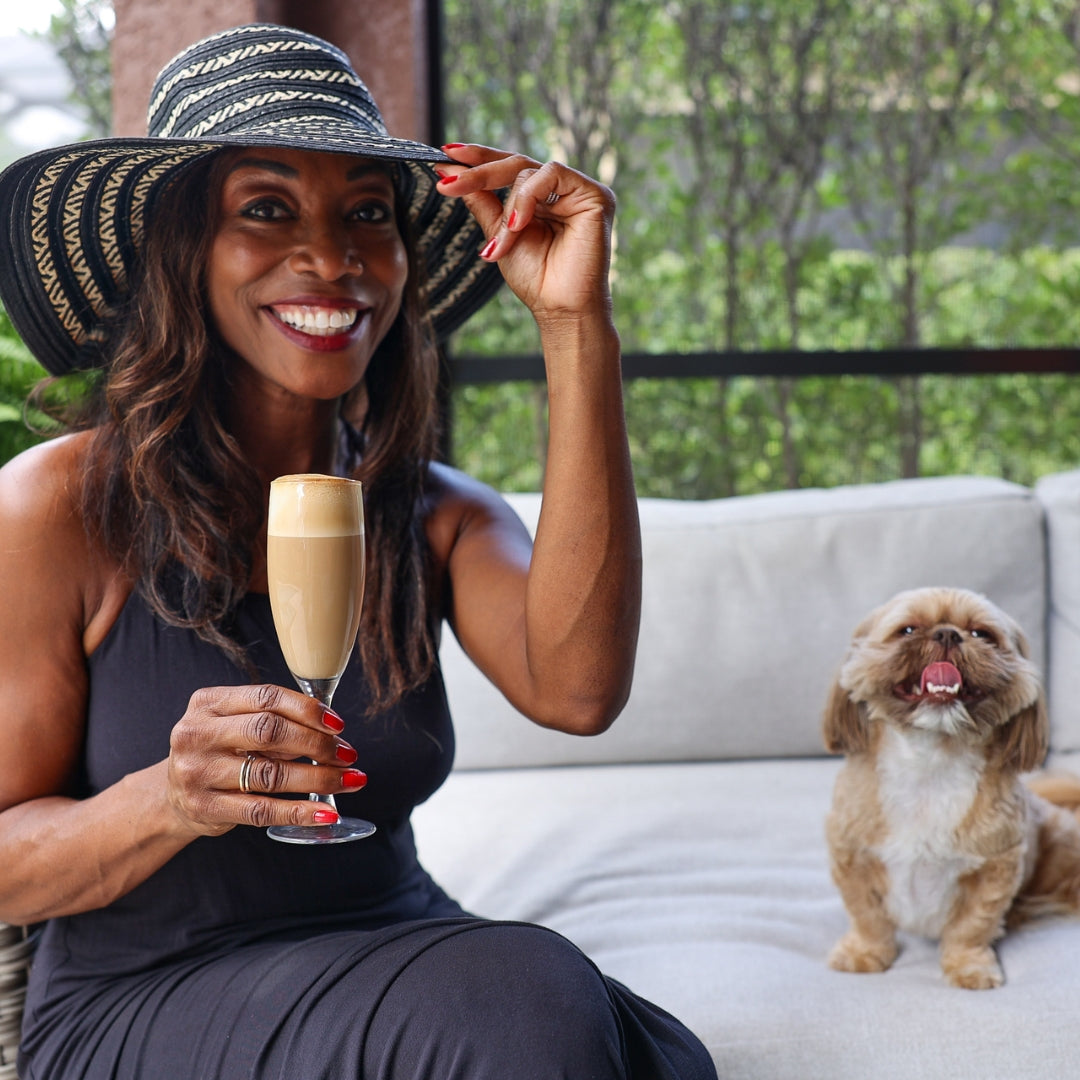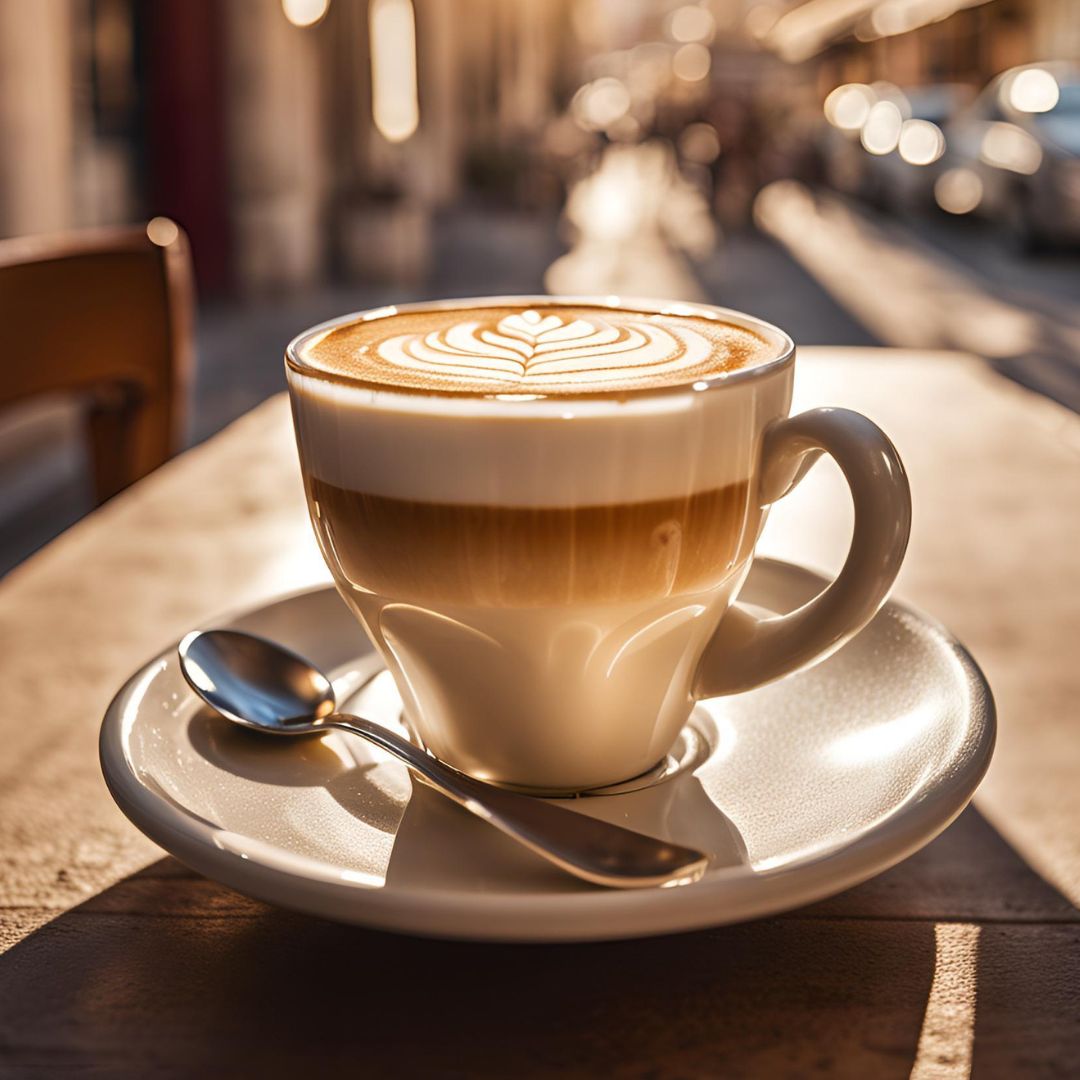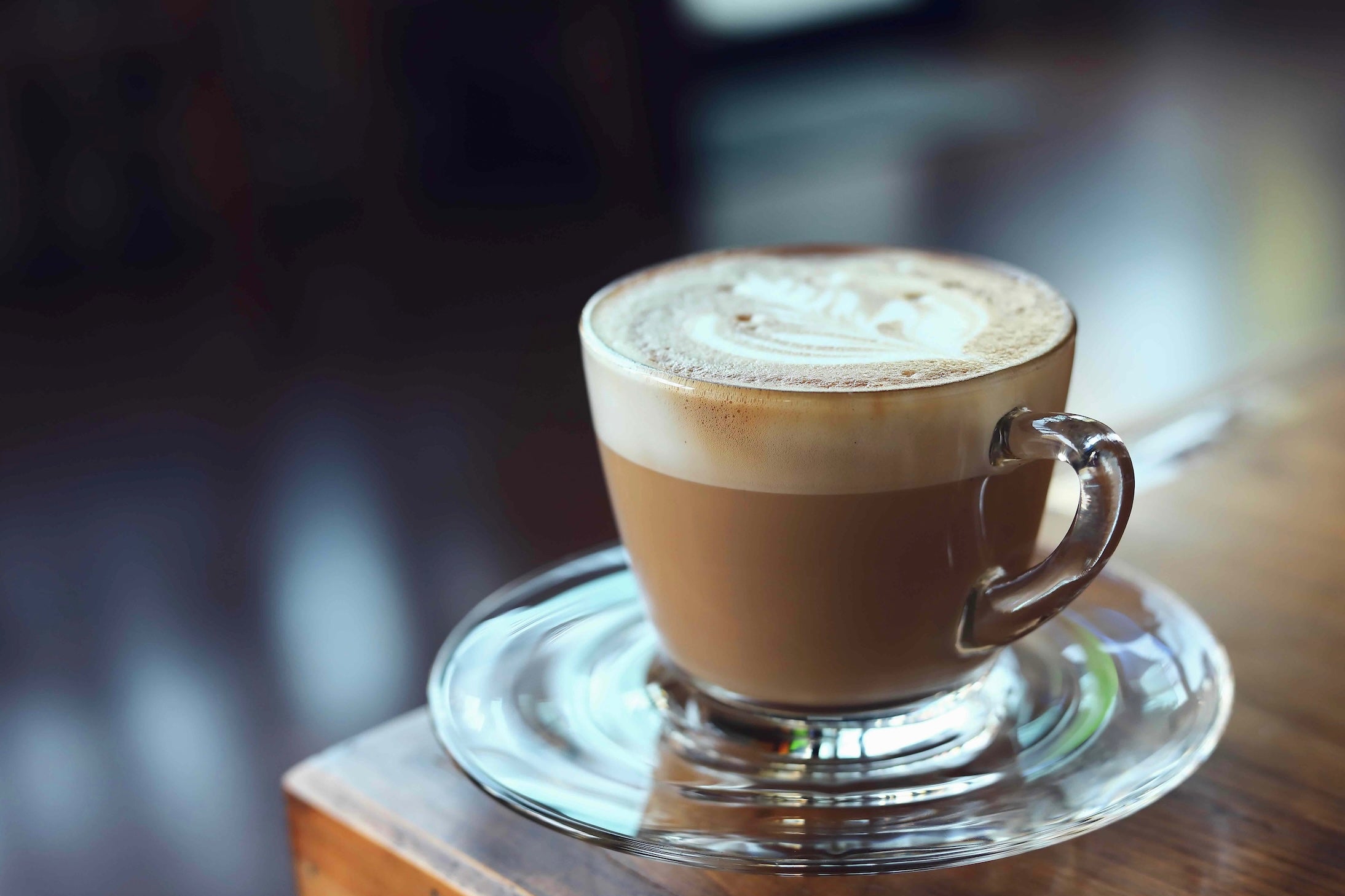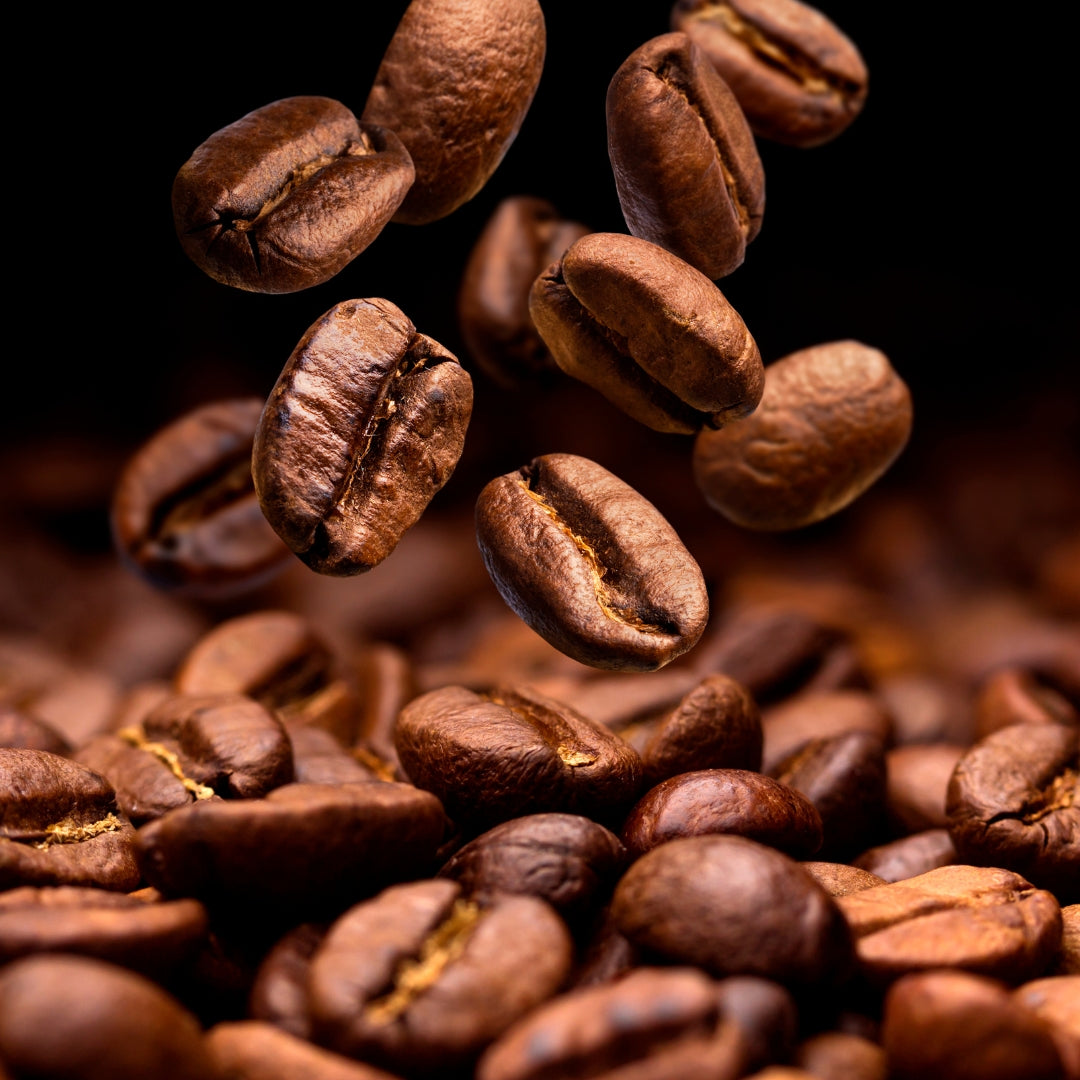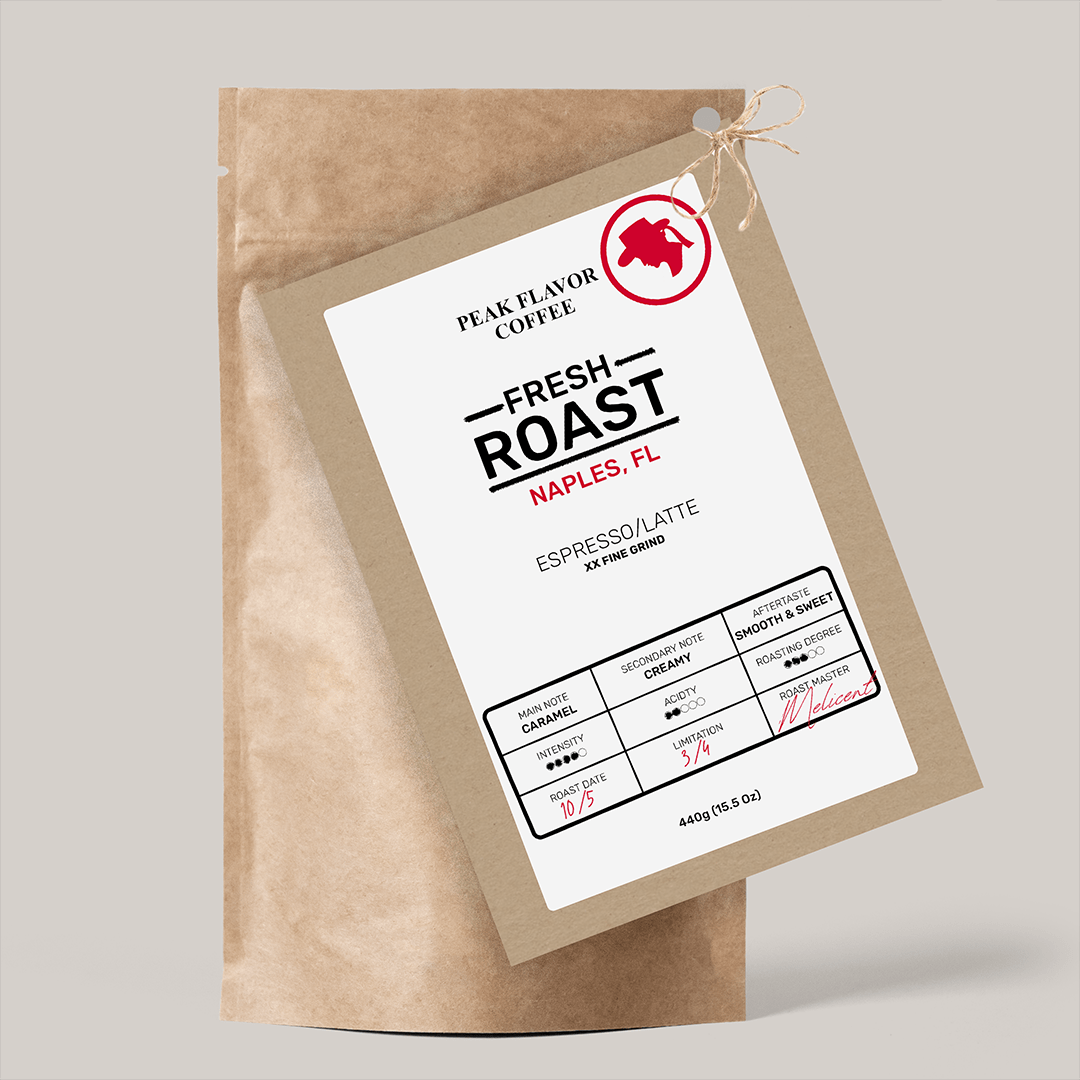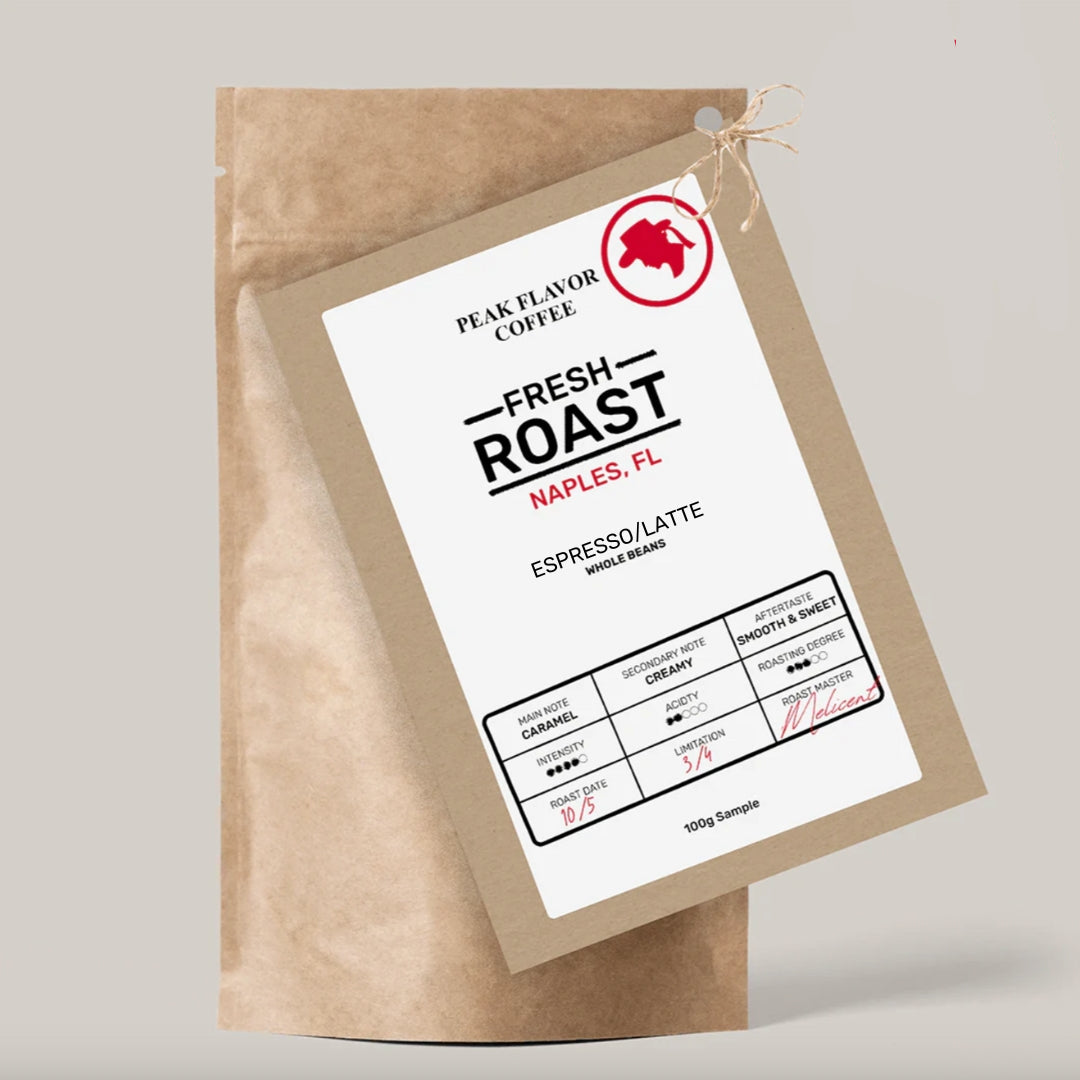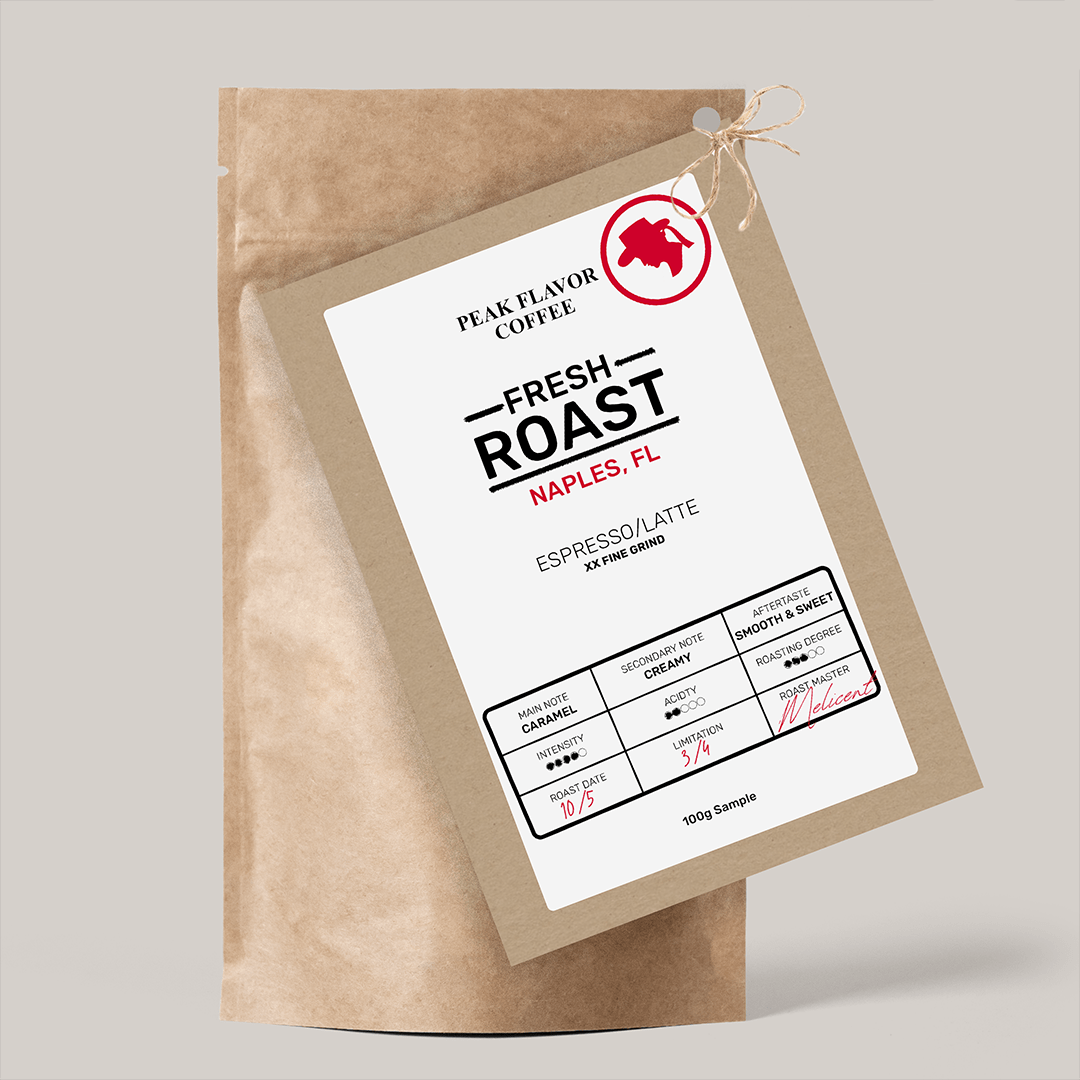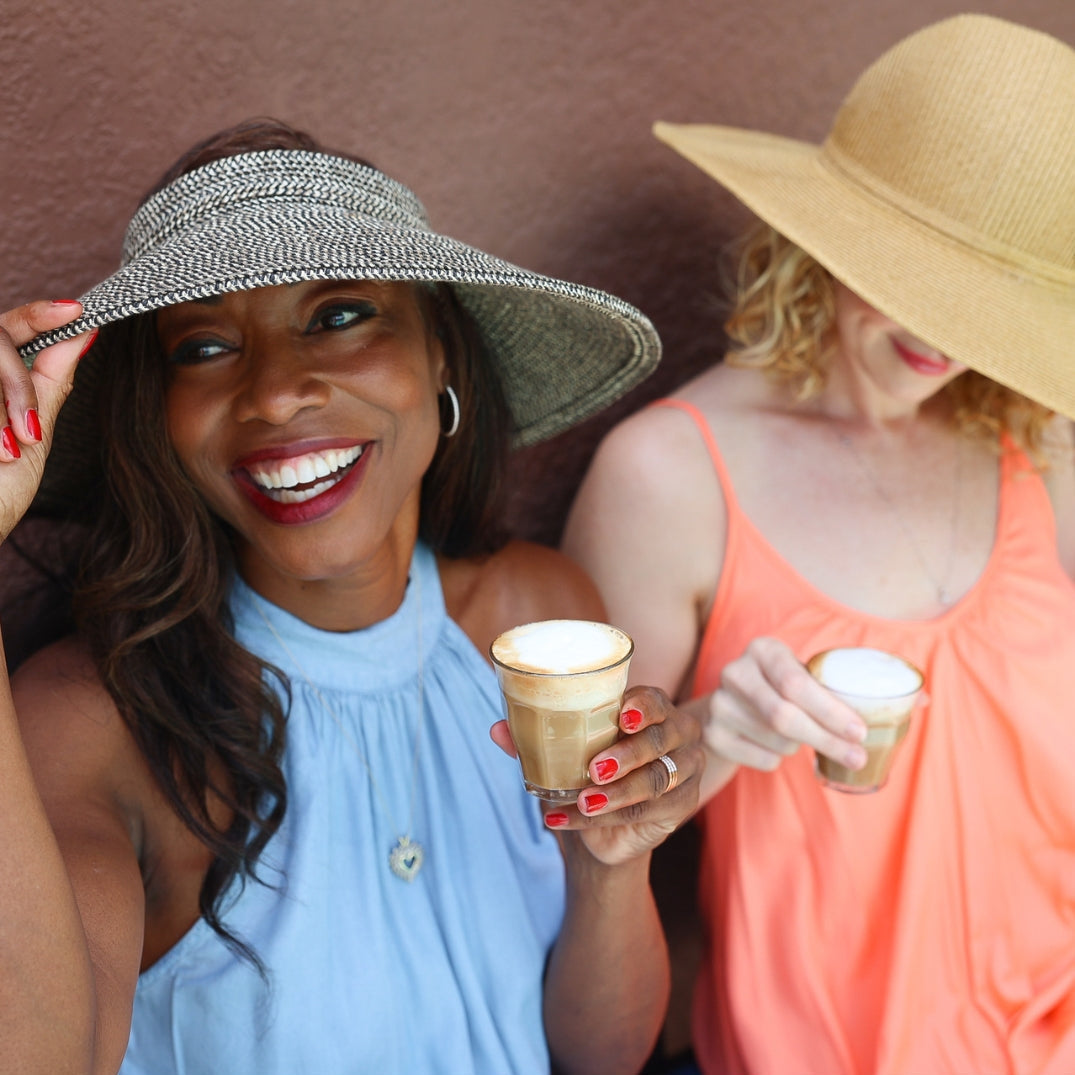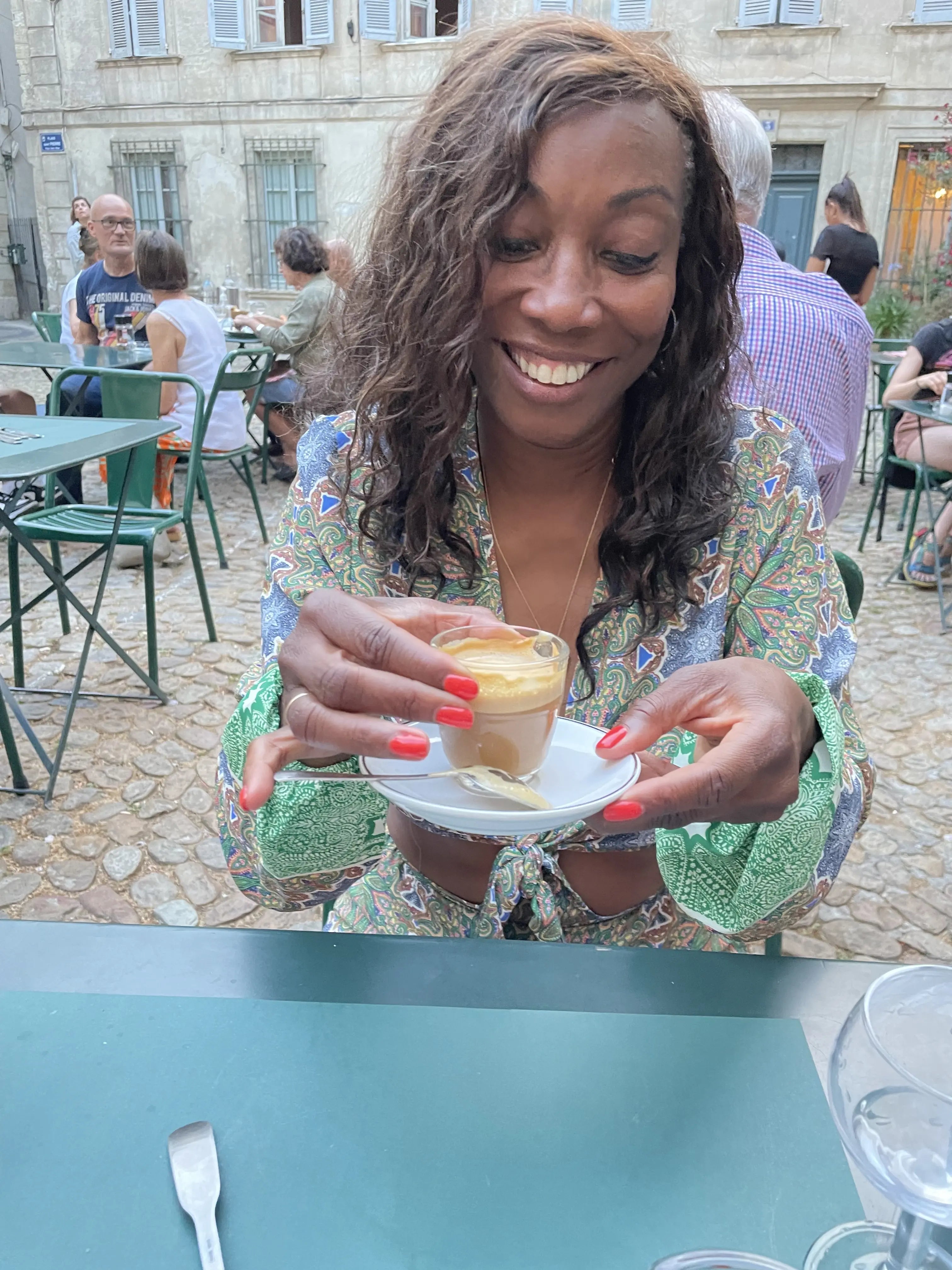Latte vs Cappuccino: The Great Italian Coffee Face-Off
(And Why Latte Wins by a Foam Nose)
If you’ve ever stared at a café menu debating between a latte vs cappuccino, you’re not alone. The eternal espresso-based showdown is basically the coffee world’s version of Beatles vs Stones, Marvel vs DC, cats vs… more aloof cats. But while cappuccinos bring the bold, airy drama, the café latte is all about smooth moves, creamy richness, and sweet comfort.
In the debate between cafe latte vs cappuccino, the latte doesn’t just whisper “relax” into your soul—it wraps it in a blanket of warm, steamed milk and tells it everything's going to be okay. But the magic doesn’t stop with a shot and a splash. To craft the perfect latte, you need the right bean, roast, and grind.
Let’s break it down. Foam first.
Why Café Latte is the Smooth Operator of Italian Coffee
1. Milder Flavor That Plays Nice
Lattes have a chill espresso-to-milk ratio—usually 1:3 or 1:4. That much milk softens the espresso’s bitterness, making it an approachable, mellow cup. If cappuccinos come in hot with a punch, lattes are the easygoing friend who lets you vent and never interrupts.
2. Creamy Texture That’s Basically a Hug
Steamed milk in a latte gets that microfoam treatment—tiny, silky bubbles that coat your mouth like velvet. Unlike a cappuccino’s thick, airy foam that’s light and dramatic, latte foam is smooth, luxurious, and knows when to stop talking.
3. Customization Heaven
Café lattes are the ultimate blank canvas. Want vanilla? Go for it. Almond milk? No judgment. Hot, iced, or in a unicorn-themed cup? It’s your world.
Plus, the latte’s versatility has launched dozens of spinoffs: latte macchiato, chai latte, matcha latte—you name it. If coffee were pop culture, lattes would have their own cinematic universe.
4. Sweet, Caramelized Vibes
Because lattes have more steamed milk, and milk naturally sweetens when heated, the drink gives off soft caramel notes without adding sugar. The milk sugars caramelize just enough to round out the flavor, making it rich without overpowering.
5. Instagram-Level Visuals
We’d be lying if we said latte art didn’t matter. A good leaf swirl? A heart? That frothy tulip on top? Lattes aren’t just delicious—they’re show-stoppers.
6. Social Butterfly Status
Lattes are the drink of café dwellers, remote workers, and people who “just want to catch up.” They're less about the caffeine jolt, more about the moment. It’s the kind of drink that goes with a good chat, a sketchbook, or some mild existential dread on a rainy Tuesday.
Latte vs Cappuccino: Quick Comparison for the Caffeine-Curious

A beautiful café latte isn’t born—it’s brewed. Let’s talk beans, roast, and grind. Because even the prettiest latte art can’t hide a bitter shot or bland body.
☕️ The Right Bean Blend: Arabica + Robusta = Flavor Harmony
Arabica brings finesse. Robusta brings boldness, crema, and a slightly nutty kick. When combined in a well-crafted blend, you get a cup that’s smooth, rich, and balanced—ready to shine through milk without being bitter or acidic.
Look for beans from Brazil, Colombia, or Honduras. These origins are famous for chocolatey, nutty, and caramel notes—perfect for lattes. Think of them as the reliable friends who never cancel brunch.
Peak Flavor Coffee has done the homework for you. Their café latte blends are specifically crafted to cut through milk and come out tasting like velvet with an espresso backbone. Curious? Of course you are: Discover the collection.
🔥 The Right Roast: Medium to Medium-Dark is the Sweet Spot
Milk is great, but it can smother a delicate roast. That’s why medium to medium-dark roasts are ideal for lattes. They hold up to milk, highlight natural sweetness, and bring out flavors like cocoa, honey, toasted nuts, and that magic caramel finish.
Go too light? You risk acidity and weak body. Go too dark? You could end up with bitter, over-roasted notes that overpower your cup.
Translation: You want the roast equivalent of a rom-com lead—warm, rich, with just enough edge.
The Right Grind: Finer Than Your Ex’s Excuses
When pulling espresso for a latte, grind size matters—a lot. Aim for an extra-extra fine grind (300 microns with 98% consistency to be precise). Too coarse and you under-extract, ending up with sour or weak shots.
Too fine and it gets over-extracted and bitter. The Goldilocks grind? Finesse and consistency.
You want that shot of espresso to extract in about 25–30 seconds—smooth, balanced, and ready to tango with milk.
The Secret Sauce: Freshness
Coffee is like bread—fresher is better. Aim to use beans roasted within the last 1–2 weeks. Peak Flavor Coffee roasts in small batches, so your coffee arrives with all its oils, aromas, and sweet complexity intact.
Pro tip: Store your grounds in an airtight container, away from light and moisture. No fridge. No freezer. Just good old-fashioned pantry TLC.
TL;DR (Too Latte, Didn’t Read?)
Lattes are smooth, creamy, and endlessly customizable. They taste sweeter and softer thanks to caramelized milk. Cappuccinos are bolder and more intense, with thick foam.
For a perfect café latte: Use a blend of Arabica beans and Robusta coffee and get a medium-dark roast. Grind extra-extra fine (300 microns with 98% consistency to be precise) for proper espresso extraction, so you balance espresso strength with the smotthness of milk foam. Keep your beans fresh and your equipment clean If you’re ready to upgrade your latte game, try Peak Flavor’s café latte grinds. Your taste buds (and espresso machine) will thank you.
Final Sip: Latte Like You Mean It
If cappuccino is a morning slap in the face, latte is the gentle nudge that says “you got this.” Whether you're easing into your day or taking a mid-afternoon breather, café latte brings a silky, rich pause to the chaos.
But good lattes don’t happen by accident. They require the right bean chemistry, roast science, and grind precision. Fortunately, Peak Flavor Coffee has turned this alchemy into an art form—so you don’t have to.
Skip the guesswork. Sip the good stuff. ➡️ Explore the collection made for latte lovers
Cafe Latte hugs,
Melicent

